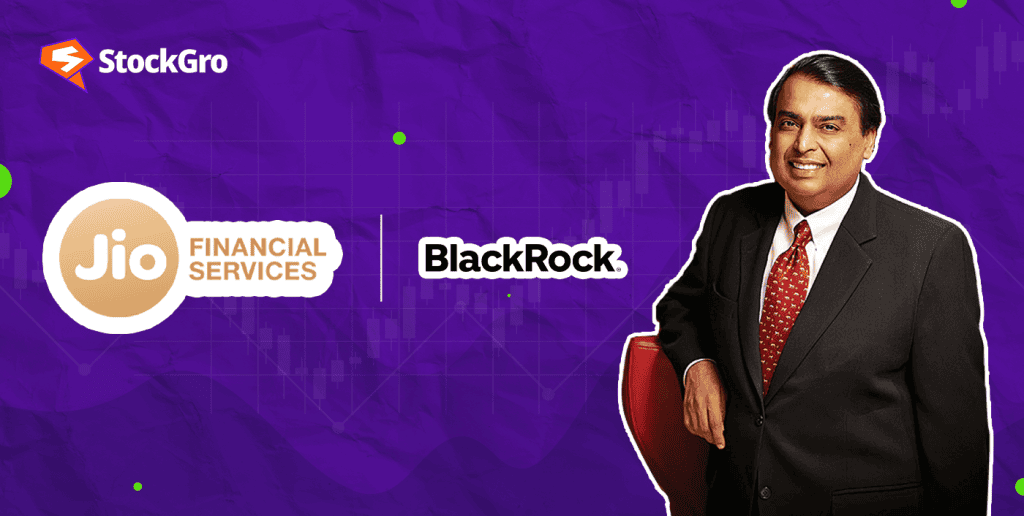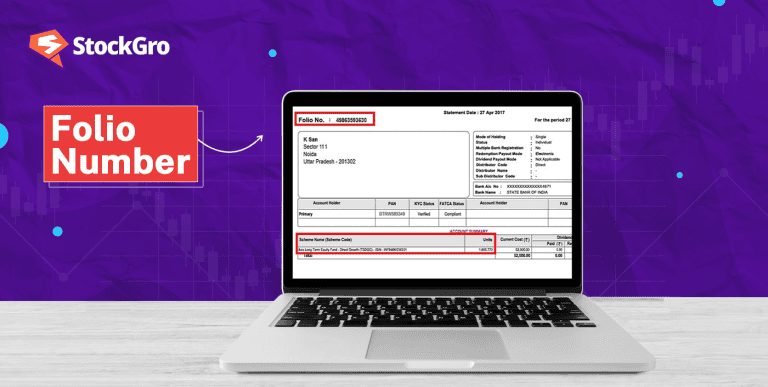
Introduction
The financial landscape in India just got more exciting! SEBI (Securities and Exchange Board of India) has given in-principle approval for the much-anticipated joint venture between Mukesh Ambani’s Jio Financial Services and global asset management giant BlackRock.
This new collaboration is set to disrupt the mutual fund industry in India, bringing with it a wealth of experience and a powerful blend of local insight and global financial expertise. Let’s dive into what this venture is all about and how it could change the way India invests.
What exactly happened?
Jio Financial Services, the non-banking arm of Reliance Industries, has received a green light from SEBI to set up a mutual fund business in partnership with BlackRock, the world’s largest asset manager. This approval comes after months of speculation and preparation, paving the way for a brand-new player to enter the ₹66.7 lakh crore Indian mutual fund market.
For context, mutual funds in India have been growing rapidly, with assets under management (AUM) doubling in the last five years from ₹25.48 lakh crore to ₹66.7 lakh crore. However, the potential for further growth is huge, especially in smaller towns and rural areas where financial awareness is just beginning to catch on.
Also Read: Broking stocks tumble following SEBI’s directive on uniform fees
Why Jio BlackRock could be a game-changer
When you think of Jio, you probably remember how Reliance Jio disrupted the telecom industry by offering affordable data plans and gaining millions of subscribers. Many experts wonder whether the same strategy could work in the mutual fund sector. However, this time, it’s not just about pricing but distribution and accessibility.
The partnership between Jio Financial and BlackRock will focus on reaching a wider audience, particularly those in smaller cities and semi-urban areas. Currently, only 19% of mutual fund investments come from these regions, leaving a large untapped market. With its extensive retail network and telecom data, Jio Financial could use its digital infrastructure to bring investment options to millions who have never invested before.
BlackRock brings its global investment expertise to the table, ensuring that the products offered will be robust and designed for a range of investors, from beginners to seasoned professionals. This combination of local distribution and global financial knowledge positions the Jio-BlackRock JV as a formidable player in the Indian market.
you may also like: SEBI’s New F&O Rules Propel BSE Shares Nearly 10% Amid Market Crash
How big is the opportunity?
India’s mutual fund-to-GDP ratio is only 16%, compared to the global average of 80%. This stark contrast highlights the immense opportunity for growth in the Indian financial market. Experts believe that the Jio-BlackRock joint venture can bring in as many as 50 million new users to the mutual fund industry, particularly from smaller towns where financial inclusion is still in its infancy.
Jio Financial’s digital infrastructure could simplify the process of investing, making it easier for first-time investors to get started with mutual funds. By integrating digital payments, lending, and telecom data, the company can create a seamless financial ecosystem that works for everyone—from small investors to big businesses.
A focus on financial inclusion
One of the key strengths of this venture is its potential to make investing accessible to everyone. Jio Financial has a massive reach across India, and its telecom data could be used to understand the financial needs of users in various regions. By creating tailored investment products, Jio-BlackRock aims to tap into the growing financial awareness in rural and semi-urban areas.
This focus on financial inclusion could significantly boost mutual fund participation in India, particularly among the young, tech-savvy population. The millennial and Gen Z audience is increasingly looking for easy, digital-first ways to invest their money, and Jio Financial’s strong digital presence could be exactly what’s needed to bridge the gap.
You may also read: How to invest in mutual funds safely and avoid common risks?
Will pricing be a factor?
Many people expect Jio to use the same low-cost model that it applied to its telecom business, but experts believe this may not be the case. The mutual fund industry is tightly regulated, and aggressive price cuts may not be feasible. Instead, Jio BlackRock plans to focus on leveraging its scale and distribution network to grow the overall market.
Rather than competing on price, Jio-BlackRock aims to make mutual fund investing accessible to millions of new investors. Their goal is not just to capture existing market share but to expand the pie, bringing more people into the world of investing and contributing to India’s transition from a nation of savers to a nation of investors.
Also read: Mutual fund performance ratios: Alpha, Beta, SD & Sharpe ratio
Table: Key opportunities for Jio BlackRock mutual fund venture
| Factor | Potential Impact |
| Target Market | Small cities and semi-urban areas |
| Current Market Size | ₹66.7 lakh crore (AUM) |
| Potential New Investors | Up to 50 million |
| Digital Integration | Combining telecom data, digital payments, and lending |
| Financial Inclusion | Focus on making mutual funds accessible to all |
| Growth Focus | Expanding the market rather than competing on price |
Conclusion
Jio Financial and BlackRock’s entry into the mutual fund market is a significant development for India’s investment landscape. With SEBI’s approval, this joint venture is poised to change how mutual funds are distributed and accessed, particularly by those in underserved markets. By leveraging Jio’s vast data and distribution networks, combined with BlackRock’s global expertise, the venture could be instrumental in expanding financial inclusion in India.
As the market grows and more Indians shift from saving to investing, Jio BlackRock has the potential to become a key player in the mutual fund industry. While it may not disrupt the sector in the same way Jio did with telecom, its focus on financial inclusion and digital accessibility could reshape the way millions of Indians manage their money.

